Passing time: The solution isn’t to make it longer
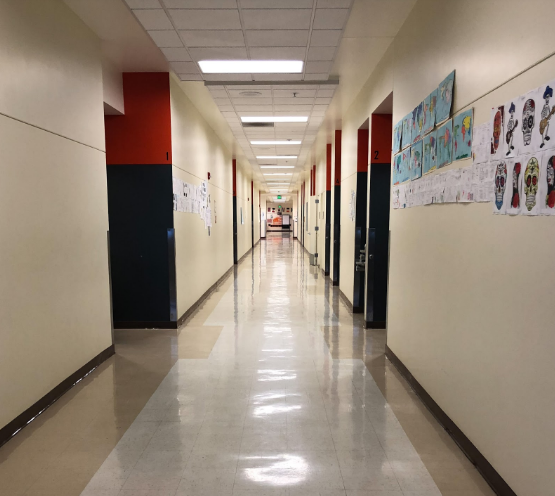
The main hallway in the Merle Davies building stretches on into oblivion, making it a challenge for some students to reach class on time.
The bell rings. Chairs screech back from desks as students shove their belongings into their bags and hoist them onto their shoulders. As the door opens and students stream out of the class, the teacher calls, “Bye! Have a nice weekend, and don’t forget your projects are due next Tuesday!”
You step out the door of West Annex into the crisp December air…but there’s no time to enjoy it. Your next class is Spanish, at the end of MD.
Knowing your teacher takes attendance the second the bell rings, you speed-walk toward MD, ignoring the urge to use the restroom in favor of the fear of receiving a tardy.
This situation can be a daily occurrence, especially for students with classes at opposite ends of campus. Instead of the walk being a break, it turns into another stressful part of high school.
During passing time, students may need to talk to a teacher, stop by the office, or use the restroom. They may also want to catch up with friends, walk around and stretch, or check their phones. However, these activities are either impossible or must be rushed to prevent being tardy.
Recently, a group of BHS students walked their schedules at both a “fast” and at a “moderate” pace to learn how long it took to walk from one class to another. At a “moderate” pace, the longest walking time was 3 minutes and 9 seconds, from MD to the second floor of the main building. If students conference with a teacher after class or return to another room to retrieve a lost item, two to three minutes of passing time can be eaten up, meaning that even when walking at a moderate pace, students would be late.
Can’t students complete these activities in class? In theory, yes. But teachers are often hesitant to let students out of the classroom, answering requests with the comment, “You should have done that during passing time.” And doing these activities during class is detrimental to the thinking process, distracting students from the material.
Not only is passing time not long enough to complete necessary tasks, but it also doesn’t allow for a “brain break.” According to Understood, an alternative learning platform, a brain break with physical activity “…increases blood flow to the brain, which helps with focus and staying alert. It also reduces stress and anxiety, making it easier to focus on important tasks.” An article from Edutopia summarizing the results of multiple different studies echoed this, saying, “…short physical activity breaks in the classroom improved students’ behavior, increasing the effort they put into their activities as well as their ability to stay on task.” Further supporting this is a 2012 study conducted by Mary Helen Immordino-Yang and colleagues at USC and MIT, which found that breaks are beneficial for processing and retaining information.
Isn’t speed-walking from one class to another physical activity? Yes, but the stress from doing so in such a short period of time is counteractive to the purpose of the break and may even worsen students’ brain function.
Could the problem be resolved with a longer passing time? Unfortunately, it isn’t that simple. Longer passing times have their drawbacks—they lengthen the school day and give students a better opportunity to leave campus or skip school altogether. If a longer school day isn’t possible, classes would have to be shortened. This would complicate the implementation of this change.
While lengthening passing time may not be the best solution, there are alternatives. One is to add a 15–20-minute recreation block onto the end of lunch. Students would be encouraged to leave the cafeteria and walk around campus, go to the library, or find a place to relax. Activities could be available to encourage physical activity and social interaction, such as foursquare or a puzzle area. Not only would this be refreshing, but it would also bring the BHS community together.
This block of time could also be placed between the first and second classes of the day, similar to the finals schedule. Students would suffer from less stress, improving their academic performance: According to a summarization of a 2008 study found on the APA website, “Stressful academic situations reduce the working-memory available to attend to a task’s information processing requirements and to control its execution.”
While adding such a block of time in the school day may not yet be possible, administrators should consider it going into the next few years. This extra time would only lengthen the school day by 15 minutes, and it would promote a less stressful and more social environment. Whether or not this idea will be implemented is up to the school, but everyone can agree that sometimes, students need a break.
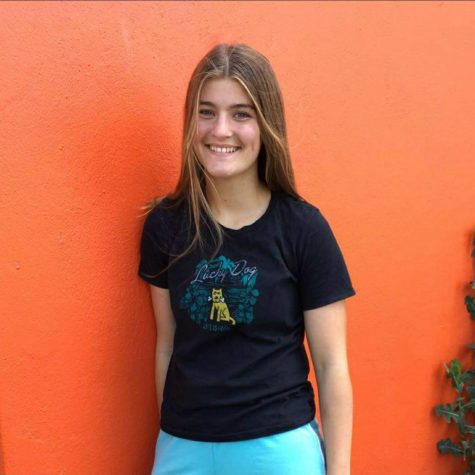
Natalie Foote is a sophomore at Beaverton High School who writes articles for The Hummer and helps manage its social media platforms. She enjoys running...
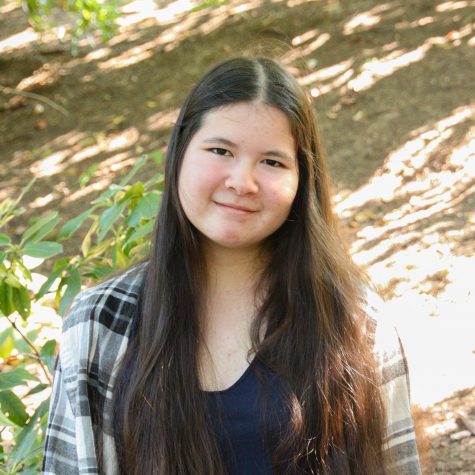
Anouk is a senior who writes and edits articles, takes the occasional photo, and helps everything run in the background.

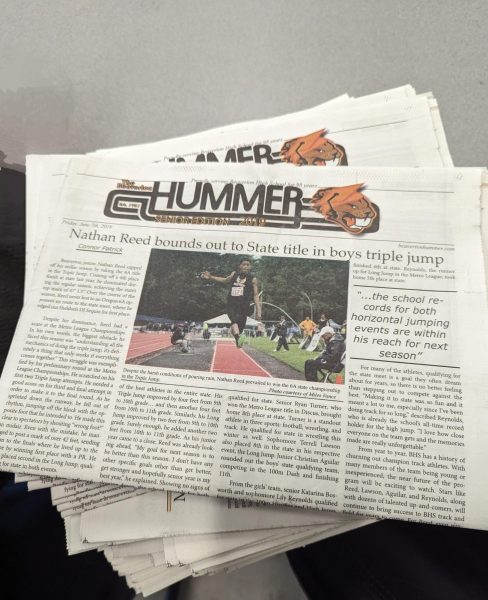
![About The Weather was released in 2023 as the first album by Portland emo band, Mauve. [About The Weather Album Cover]](https://beavertonhummer.com/wp-content/uploads/2024/05/AboutTheWeather.jpg)



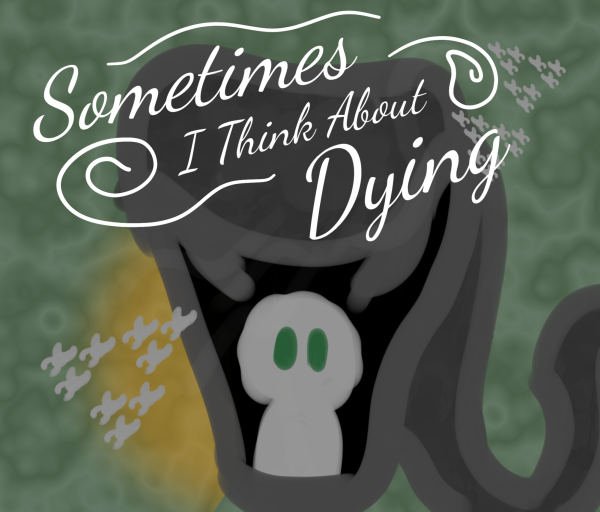


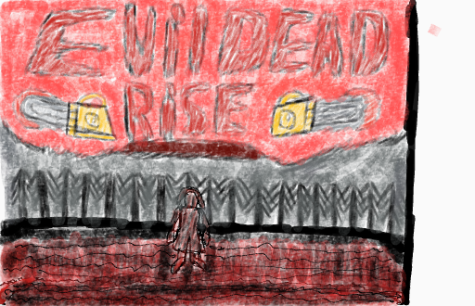

hihihi • Mar 5, 2024 at 9:50 am
THATS RIGHT